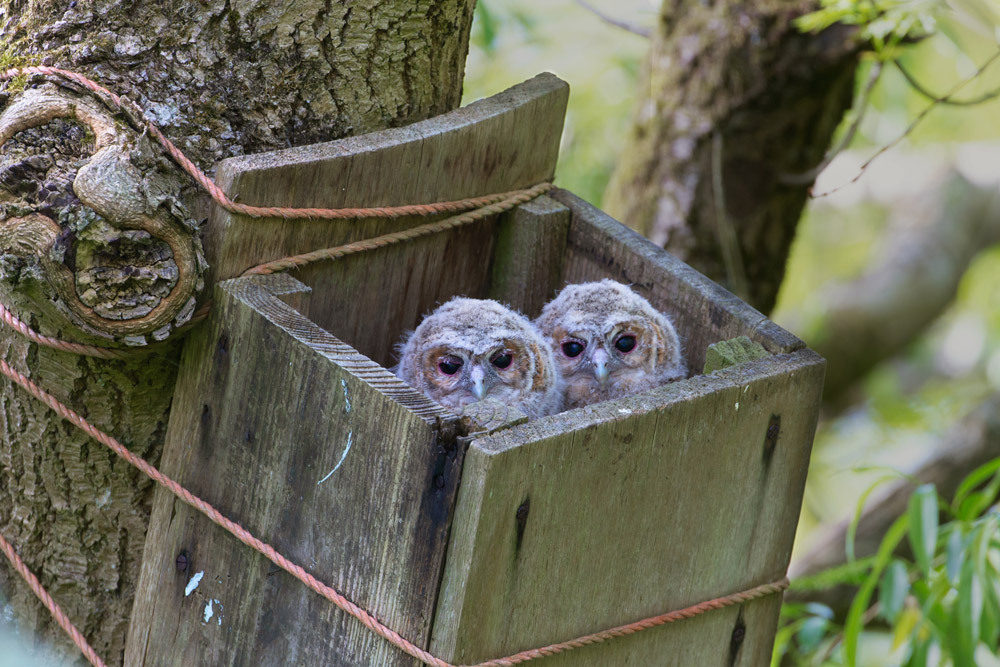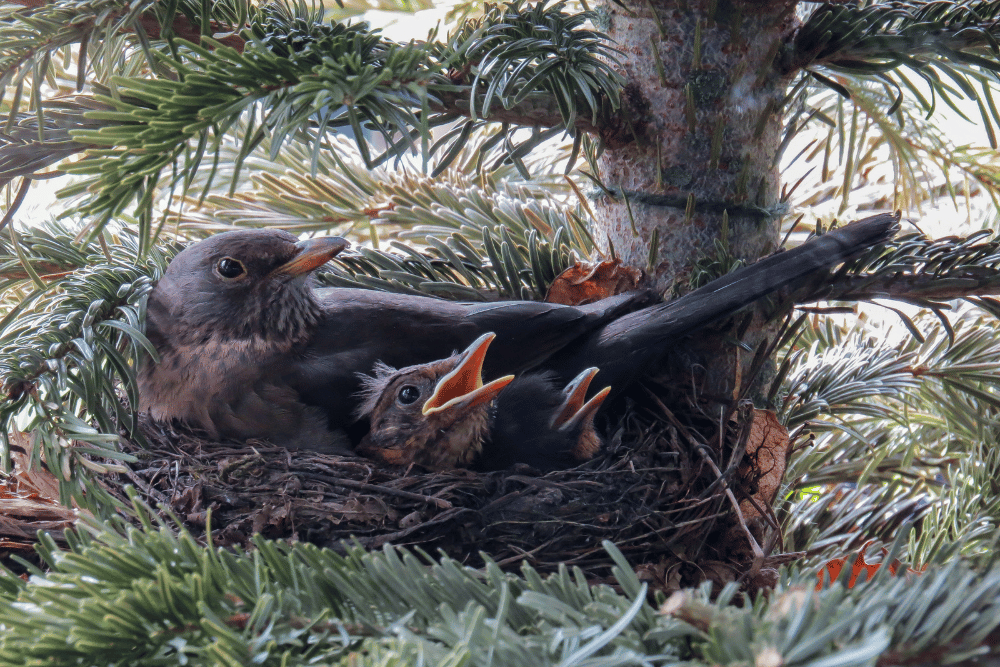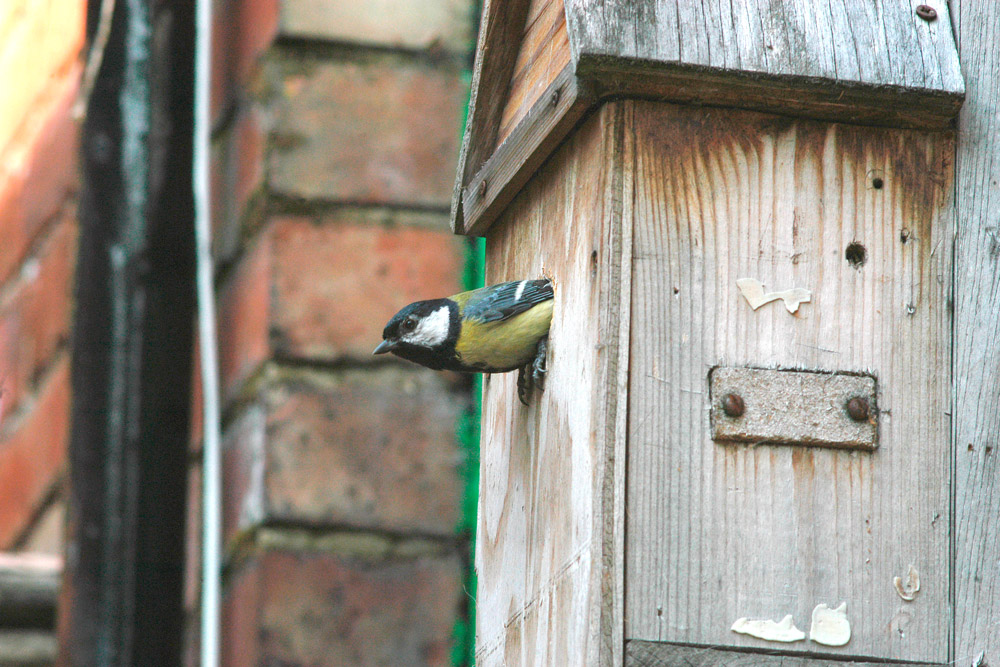When to find and monitor nests
Birds nest at all times of the year and we need records from all species throughout the year.
Identifying the start of the nesting season
We often think of birds nesting and breeding in spring, and for many species, the nesting season does take place from March to July.
However, there are plenty of species which start nesting earlier in the year and continue through the summer and even into the autumn months.
For example, Tawny Owl and Mallard may have young as early as February, and Stock Dove and Barn Owl as late as October and November.
As a general rule, resident songbirds begin nesting behaviour between February and March. Migratory species begin establishing territories as soon as they arrive, usually from April or May.
If you want to monitor the nests of a particular species, you will need to learn about the timing of their breeding season to make sure you do not miss the start of their nesting.
You can find this information on the species’ BirdFacts page, which lists the dates of the first clutch for every UK breeding species in its ‘Biology – Productivity and Nesting’ section.
Monitoring nests throughout the season
Many species also have more than one brood in each breeding season, laying further clutches of eggs after their first chicks have fledged.
Robins may rear three, Blackbirds four and Stock Doves five broods, or even more, in a single calendar year! This extends the period of nest recording through the summer and even into the autumn months.
Other familiar birds that are known for raising multiple broods of chicks in a single nesting season include Goldfinches, Swallows, House Sparrows, Dunnocks and Collared Doves.
In order to have a complete picture of the breeding season, it is important to collect data on nests throughout the year if you can.
BirdFacts also lists the number of clutches, the incubation period (the time between the start of incubation and hatching) and the fledging period (the time between hatching and fledging) for every UK breeding species in its ‘Biology’ section.
Did you know?
Blue Tits and Great Tits are generally considered to be single-brooded species. However, it isn’t uncommon for Great Tits in Western Europe to carry out a second nesting attempt.
Some nest recorders have found that second broods are often in a previously unused box, while others have noted the breeding pair reuse the same box.
There is still a lot to be learned about Great Tits’ double-brooding behaviour. More information is available in this Demog Blog post.









Share this page